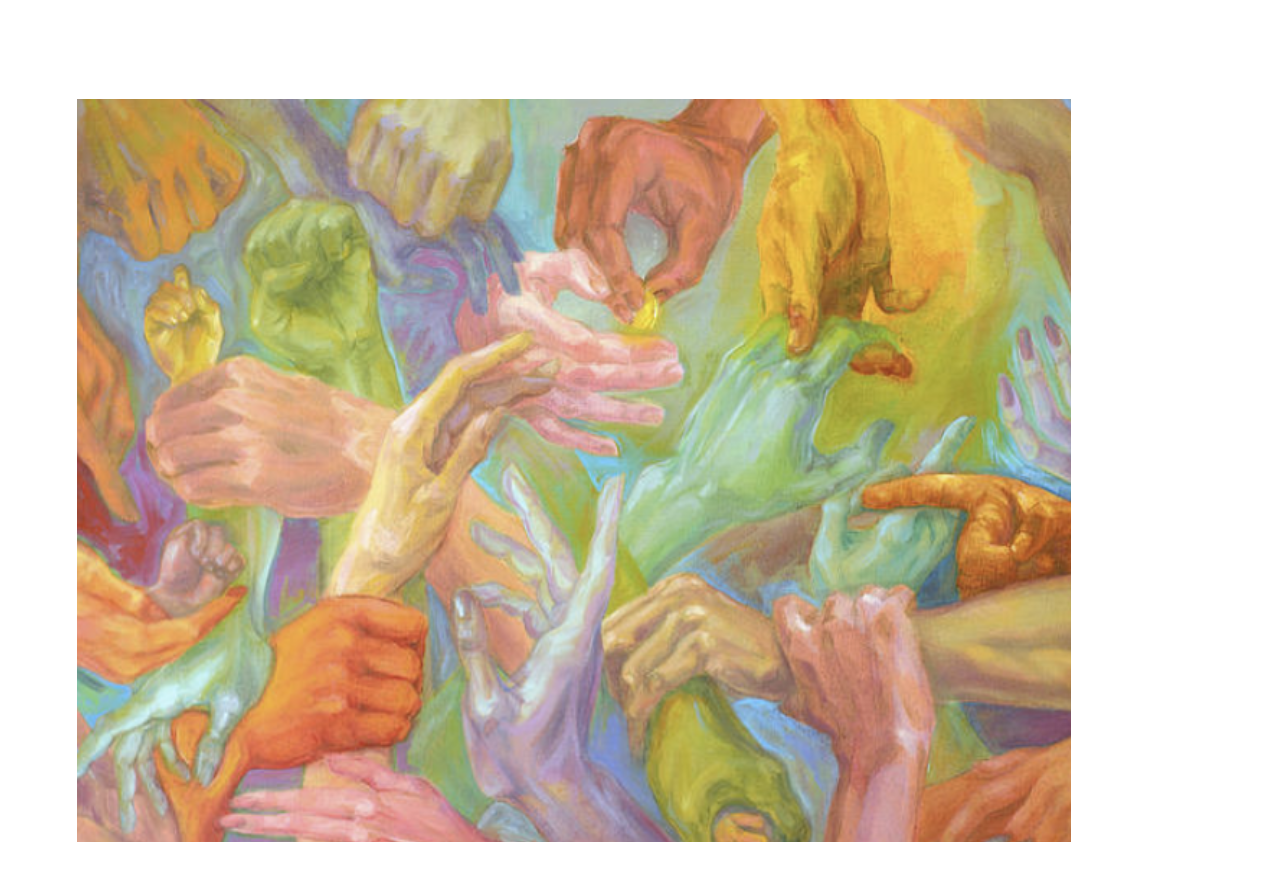Psychedelics and Compassion
This study integrates the practice of compassionate imagery with the ceremonial use of psilocybin, providing a novel approach to understanding the psychological and physiological effects of psychedelics.
A total of 108 volunteers planning to participate in a psilocybin ceremony were recruited and offered the practice of compassionate imagery as a priming method prior to their psychedelic experience in a naturalistic setting. The study was structured to assess the effects of two different doses of dried mushrooms coupled with two different practices: compassionate imagery and breath-focused attention.
Participants underwent comprehensive evaluations including electroencephalogram (EEG) assessments, functional magnetic resonance imaging (fMRI), saliva and blood sample analyses, psychometric scales, and interviews before and after the psilocybin experience. In addition, heart rate variability was monitored using a Fitbit wearable device one week before, during, and one week after the experience.
This study aims to provide valuable insights into the potential synergistic effects of combining psilocybin with compassionate contemplative practices. By analyzing changes in brain activity, physiological responses, and psychological well-being, the research seeks to deepen our understanding of how psychedelic experiences can be influenced by and integrated with specific contemplative practices. The findings are expected to contribute to the broader field of psychedelic science, particularly in understanding the role of set and setting in shaping psychedelic experiences and their outcomes.

